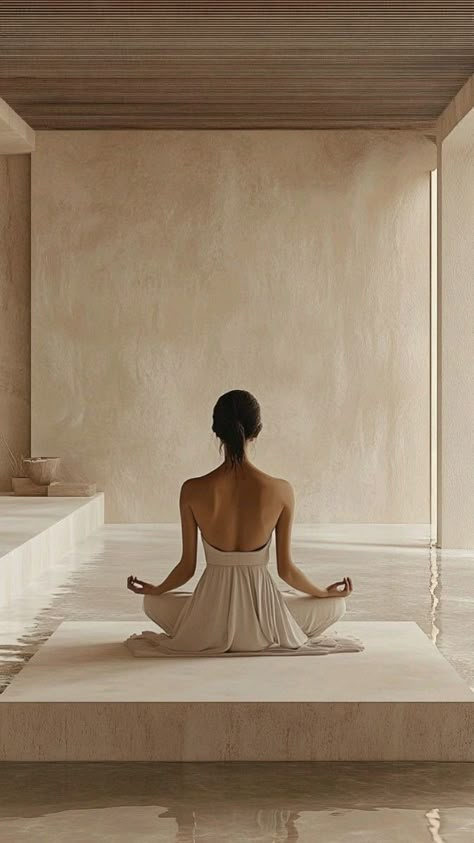
Anastasia Hisel
Zebra Striping: Emerging Wellness Trend Captivating Social Circles
It was just past eight in the evening at a candlelit lounge on the Upper West Side, the kind of place that whispers its presence with quiet elegance. A curated crowd of artists, founders, and wellness entrepreneurs stood in conversation, delicate glasses of adaptogenic cocktails orbiting in their palms. Amid the talk of retreats in Patagonia and the latest in regenerative skincare, one phrase surfaced repeatedly: Zebra Striping.
At first, it sounded like another fleeting catchphrase drifting through an already saturated wellness lexicon. But the more it was discussed—around dining tables in Brooklyn brownstones, whispered over cappuccinos in Mayfair cafés, mentioned on private Slack channels frequented by well-vetted creatives—it became clear that Zebra Striping signified something deeper. Not a product. Not a place. A practice. A thinking pattern. A rhythm change.
Rooted in a growing body of scientific and psychological research, Zebra Striping has emerged as a counter-narrative to hustle culture and the cult of constant optimization. The concept draws inspiration from nature itself—the striped camouflage of zebras that balances visibility and invisibility, movement and stillness. In a culture increasingly defined by frenetic pace and public performance, Zebra Striping invites individuals to alternate periods of social aliveness with intentional withdrawal. High visibility and collective integration are paired with quiet, restorative solitude. In more refined circles, this modulation of presence has become not just a wellness choice, but a social style.
The concept owes part of its rise to psychobiology—the idea of “oscillatory wellness” proposed by researchers studying the benefits of cognitive rhythm modulation. According to Dr. Camille Osterhaus, a behavioral neurologist at the Mind-Attune Institute in Zurich, “Zebra Striping isn’t just poetic metaphor. It reflects how the brain naturally recalibrates through phases of engagement and detachment, like circadian rhythms but applied to social amplification.” Indeed, brain imaging studies suggest that alternating between outward connection and internal processing enhances clairvoyance, emotional endurance, and even immune resilience. As science gives form to previously anecdotal instincts, this rhythmic recalibration is becoming ritual.
Luxury hospitality brands have not missed the moment. At the Aeyla Collection’s private mountain oasis in Santa Fe, guests practice Zebra Striping not merely through yoga sessions or sensory-deprivation tanks, but during curated “interludes”—short periods of disconnection from both digital and human contact, designed to pulse between guided conversation salons. “The conscious toggling of energy has changed our guests,” says Estelle Rain, the brand’s Global Directors of Experience. “They feel sharper, more aligned in themselves, more measured in the way they communicate and commit.”
As the trend matures, it’s also entering the language of luxury design and social architecture. In members-only coworking studios from Austin to Oslo, interior layouts now integrate shift zones—enclaves where ambient noise is minimal, visual input is softened, and time perception bends. The aim is not escape, but reset. In elite wellness circles, practitioners are noting a rebalance in cortisol levels and higher creativity scores post-striping rituals. Not dissimilar to biohacking, but without the coldness of numbers. There’s elegance in its unpredictability: two hours of phone-free seclusion in a quiet park before slipping into an art opening or salon dinner. Being everywhere isn’t stylish anymore. Being strategically present is.
Style icon and conscious entrepreneur Sabine Leroux was among the first to merge Zebra Striping into her personal rhythm with intentional precision. Known for her ability to command attention at gallery openings and private panels, she credits her vitality not to constant engagement, but “pattern integrity.” “I give my extroversion context,” she shares in an interview between flights. “I oscillate. Silence sharpens my edges. I receive more when I’ve chosen invisibility for a while.”
This nuanced dance of coming forward and stepping back is also reshaping interpersonal dynamics in educated social groups. Friends signal Zebra-time with shorthand texts—you in bright phase or braille phase today?—indicating whether they’re game for conversation or gently pulled inward. There’s empathy in this etiquette, a mutual honoring of flux. In an age obsessed with boundaries, Zebra Striping offers a softer framework: it opens possibilities rather than draws lines. Less defense, more design.
Perhaps most unexpectedly, Zebra Striping is becoming a signature feature in emotionally intelligent leadership. Natasha Singh, a consulting partner in an international design collective, often encourages her team to stripe their calendars—pacing high-interaction tasks with absorbing solo work or movement outdoors. “The level of intentionality it prompts is extraordinary,” she explains from a projection-mapped workspace in Toronto. “We’re no longer operating on urgency. We’re tuning our days to our nervous systems. That’s where innovation lives.”
As 2025 unfolds, Zebra Striping is redefining presence not just as being there, but being whole when you arrive. It is not about withdrawal, nor is it glorified aloofness masquerading as discipline. It is presence modulated for meaning. The trend’s poetry is found not in a search for balance but in engaging with contrast—being the person who knows when to speak and when to step outside and let the rain speak instead. In these alternating expressions, wellness ceases to be performance and begins to feel like peace.
In a world accelerating through timelines and tethered to compulsive availability, Zebra Striping returns something sophisticated, even ancestral, to our pursuit of wellbeing: rhythm. And for those who are acutely aware of the cost of constant visibility, that rhythm has become not only desirable, but essential.


